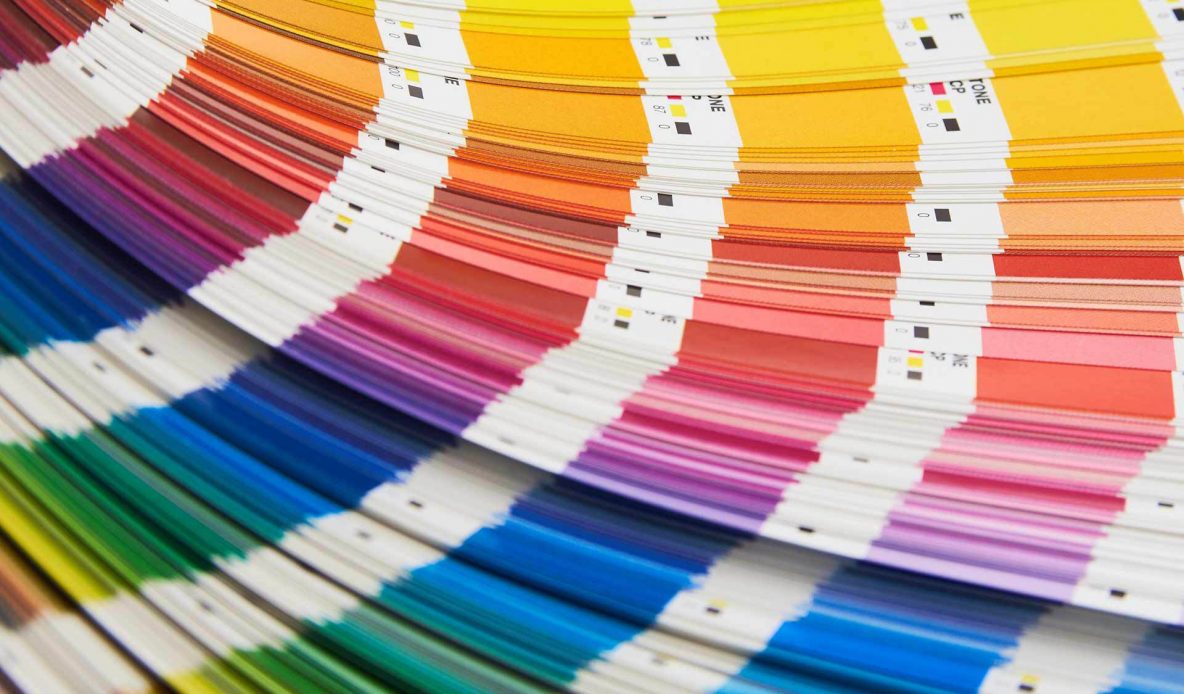
Color Psychology: Choosing the Right Color for Your Design
They say a picture is worth a thousand words, but did you know that colors speak just as loud?
Research has found that when we observe a color, it communicates with the hypothalamus in the brain. This then sends signals to the pituitary gland, followed by the endocrine system, and finally the thyroid glands. These glands then release hormones that can affect our behaviors, emotions, and moods.
This is further supported by studies that highlight how the color used by a brand affects consumer’s emotions and can either attract or repel them.
Defining Color Psychology
Color psychology looks at how color can affect human behavior. In a sense, it’s part of the behavioral psychology field.
The difficult nature of testing this theory has resulted in some skepticism around the subject. But researchers have gone to great lengths to illustrate just how much of an impact the shade you choose can affect a consumer’s behavior and attitude to your brand.
The Research
A study by Satyendra Singh determined that it takes a minute and a half for a potential customer to make a decision about a product or service. Not only that, the color of the product influences between 62% and 90% of customer interaction.
This makes the field of color psychology an area that business leaders, management, product designers, and even expectant parents—to name but a few—should look into. Success and color can go hand in hand when properly utilized.
When it comes to marketing, however, color preference varies. Personal preferences can be more powerful than the psychological impact of the color choice. Something else to consider is the fact that almost 5% of the world’s population is color blind. This suggests that determining how a minority group such as this perceives color and makes purchasing decisions requires more research.
Evoking A Response
Regardless of the reason, colors can impact how people perceive brands. From branding your business to designing and creating a website, color can influence the response that your efforts receive.
We need to understand how to use color properly, as it can be ubiquitous. Knowing how to choose a color scheme, background, fonts, and borders can all play a role in customer interaction.
How To Use Color Psychology
Color can be a difficult thing to navigate. You need to understand your audience, how to target them, and how to share your purpose. For example, if you’re a children’s party planner, your color scheme needs to reflect it. No matter how good its design, a black and white minimalist website won’t suffice. However, this color palette would be effective for a more formal or serious business.
A simple rule to follow is to find the right way, time, audience, and purpose to leverage the use of color.

Using Color Psychology To Drive Conversions
Regardless of your business, research plays an important part in building your brand. By selecting an appropriate color palette carefully, you’ll receive a return on your investment and gain a competitive edge.
When selecting the right shades for your design, it’s important to test its impact on different types of media. From printing on paper with an inkjet printer, to viewing on various web browsers on a range of devices, the hues should remain consistent throughout. You must consider your target market’s gender too. Studies have highlighted how genders respond to the use of color, and you can use this to your advantage.
- Women respond to purple, blue, and green: A study on color and gender found that 35% of the women surveyed stated that blue was their favorite color, with 23% selecting purple, and 14% choosing green. On the other side of this research, 33% said that orange wasn’t their favorite color, followed by 17% listing gray as their least favorite.
- Men respond to green, blue, and black, while the colors to avoid are orange, brown, and purple.
Although these color options have been researched and tested, gender-based decisions are complex. Once again, individual preference comes into play. This research is, however, a good place to start for A/B testing.
Using Color To Send a Message
Research has further found that blue is one of the most used colors, as many people prefer this hue. Blue instills a feeling of serenity and calmness, and people often describe the color as tranquil, peaceful, orderly, and secure. When using blue on your branding, it subtly indicates that your business is trustworthy, and values transparency.
While psychologists have listed the color yellow as the hue linked to happiness, and it’s thought to be a friendly and fun color option, it can illustrate a warning. The link between playfulness, happiness, and potential danger is that they all promote a state of heightened emotions.
Similarly, people usually associate orange as a fun and friendly color. It can stimulate confidence, competition, and physical activity. This makes it a natural choice for sports teams or activity programs for children.
Green is most often linked with nature and eco-friendly products. This makes the use of the color by a brand somewhat self-explanatory. Green can be effective when providing a call to action too, as it stands out.
When black is the predominant color, simplicity and elegance often follow. According to psychology, the darker the color, the more people perceive the product or service to be elegant and luxurious.
Color can also relate back to a past experience or memory, which is something no brand or marketing professional can navigate. This means that if someone remembers playing on a yellow swing in the park with their grandad, yellow will stir up positive memories. On the other hand, if a potential customer has had an unpleasant experience in an office painted blue, they may form a bias against brands utilizing this color.
Color Options Matter
It’s easy to understand how bright, eye-catching colors can result in conversions, more so when the color selected has a positive connotation. On the flip side, individuals usually miss darker colored calls to action, along with the fact that they have low conversion rates.
The bottom line is that the color you choose for your brand, website, or campaign can make or break it. Every choice you make will impact customers and invoke an emotional response. Ensure you pick the hues that encourage the feelings you want to associate with your brand. Fortunately, color psychology is there to help you do just that.



